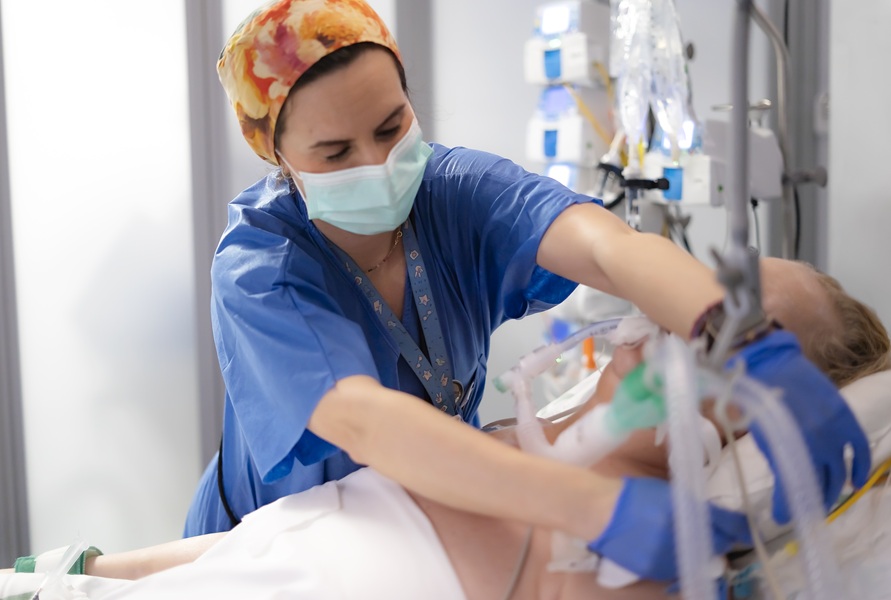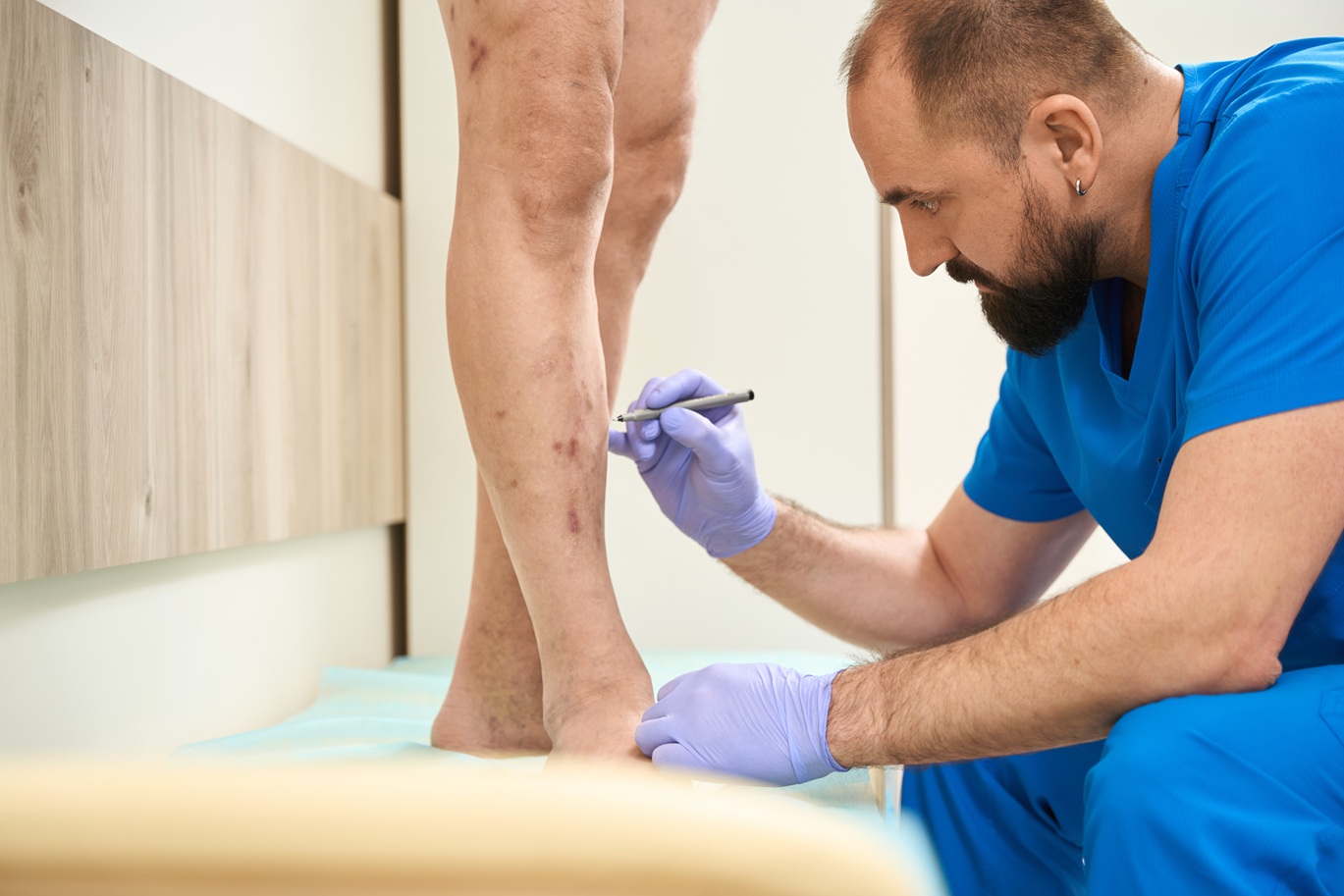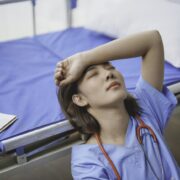How Proper Waste Management Supports Healthcare Facilities: A Focus on Drexel Heights

Proper waste management plays an essential role in the functioning of healthcare facilities, directly impacting patient care, safety, and the overall cleanliness of the environment. In healthcare settings, managing waste is not only about routine disposal but about ensuring a system that complies with health and safety standards. A hospital, clinic, or medical center generates a range of waste, from hazardous materials to everyday refuse, which requires specialized handling.
Without efficient waste management, healthcare facilities would struggle to maintain cleanliness, increase the risk of infections, and face legal issues. Trusted waste management services significantly ensure healthcare providers maintain a hygienic and safe environment for patients and staff. In areas like Drexel Heights, local waste management solutions are crucial to the smooth operation of healthcare facilities, making them an integral part of the community’s healthcare infrastructure.
The Importance of Proper Waste Management in Healthcare
Different waste categories in healthcare facilities demand distinct waste disposal procedures. Healthcare facilities must handle medical waste from used syringes, gloves, and bandages because these items contain hazardous materials. Such waste materials become dangerous because they carry pathogens, blood, and bodily fluids. Inadequate waste disposal methods permit hazardous material spread, which creates healthcare-associated infections and both healthcare and environmental risks. Healthcare facilities need to control both dangerous medical waste and non-hazardous waste streams, including packaging waste, office waste, and general refuse. The removal process for these materials must be effective even though they do not carry hazardous properties, because it ensures facilities remain clean and operational.
Trusted waste management services in Drexel Heights operate to follow all local, state, and federal regulations when disposing of critical materials because healthcare providers form an essential part of this community. Waste removal practices create safeguards that defend healthcare personnel and public members against dangerous materials. A dependable waste management system enables healthcare providers to concentrate on treatment quality while ensuring their waste disposal methods fulfill the strictest safety and hygiene requirements.
How Waste Management Affects Patient Care
Patient care directly depends on waste management practices because these practices create essential conditions for maintaining a safe and comfortable medical environment for all patients. Improper waste collection or disposal of hazardous material creates germ and bacterial buildup, increasing patient infection risks. Preventing bacterial and viral spread remains essential in healthcare facilities because they treat patients with weakened immune systems.
Properly implemented waste management systems lower potential risks. The proper management of waste enables healthcare facilities to achieve high cleanliness standards, which enhance patient recovery, decrease hospital-acquired infections, and improve treatment results. A dependable waste management system operating in Drexel Heights allows healthcare workers to maintain their core responsibilities since it prevents disruptions caused by unclean conditions. Healthcare facilities that manage waste correctly provide top-quality care to patients while minimizing complications and attracting patients needing treatment.
Supporting Local Healthcare Infrastructure
The growing healthcare infrastructure in Drexel Heights depends on proper waste management services to support its expanding community needs. The performance level of waste disposal operations determines how medical facilities operate each day. The combination of proper waste management practices creates two essential benefits: it provides correct waste disposal and maintains the area’s clean environment, which in turn promotes better health for everyone in the community.
Healthcare institutions need the operational capabilities of their local waste management service to manage the diverse waste outputs they generate correctly. The nearby trusted waste management companies operating in Drexel Heights provide healthcare facilities with reliable disposal services. The partnership between healthcare providers and waste management companies ensures a safe environment for everyone and uninterrupted medical operations.
Conclusion
Any healthcare facility needs proper waste management to function correctly. The local waste management services in Drexel Heights enable medical institutions to achieve safe operation while protecting staff and patients from waste disposal risks. Such services improve patient healthcare, decrease infection risks, and contribute to community health. Healthcare providers must establish relationships with trusted waste management services to build a safe, thriving healthcare environment.




















